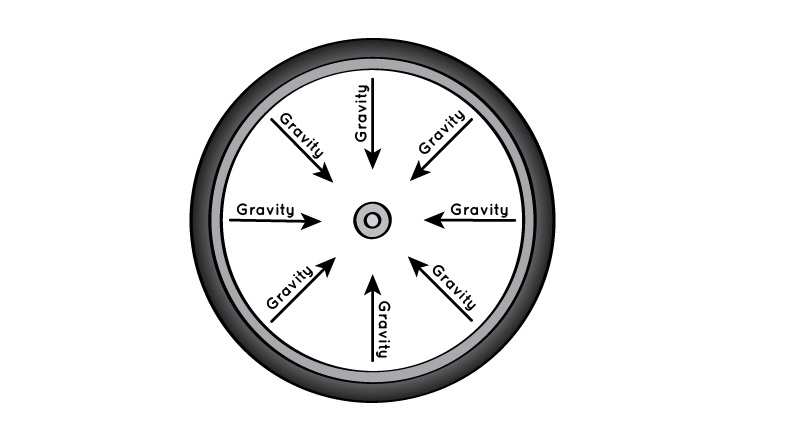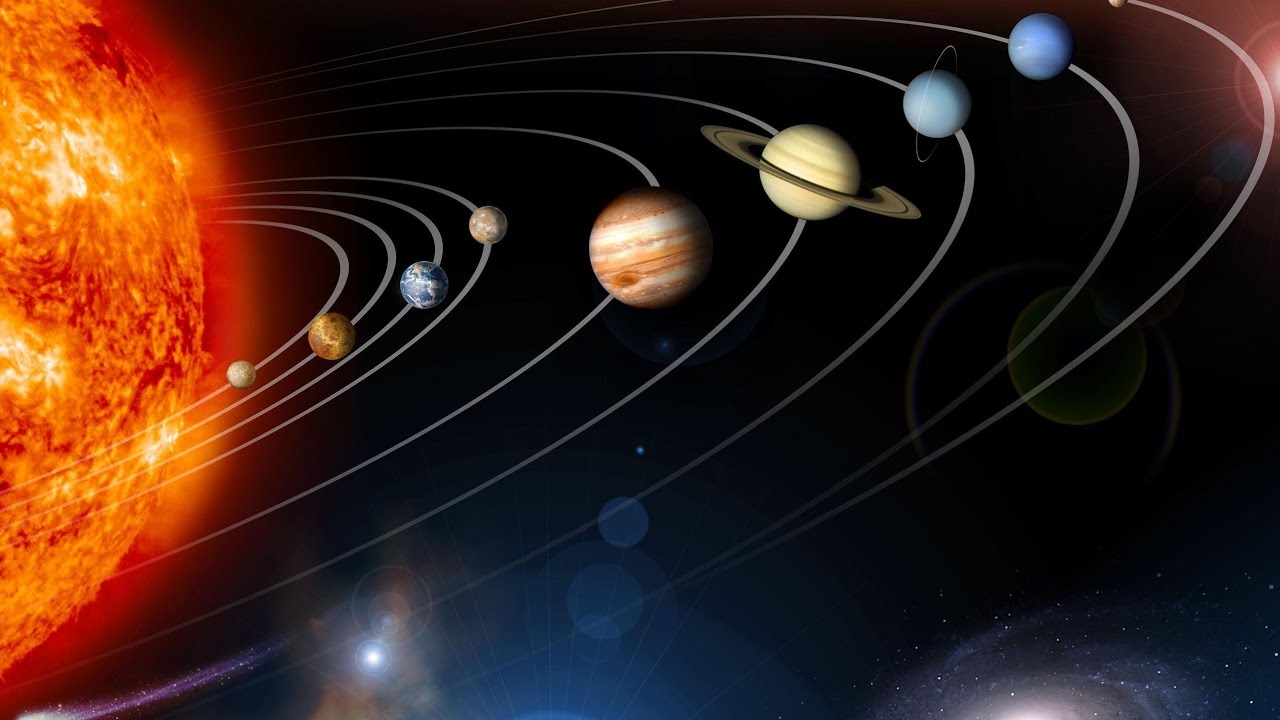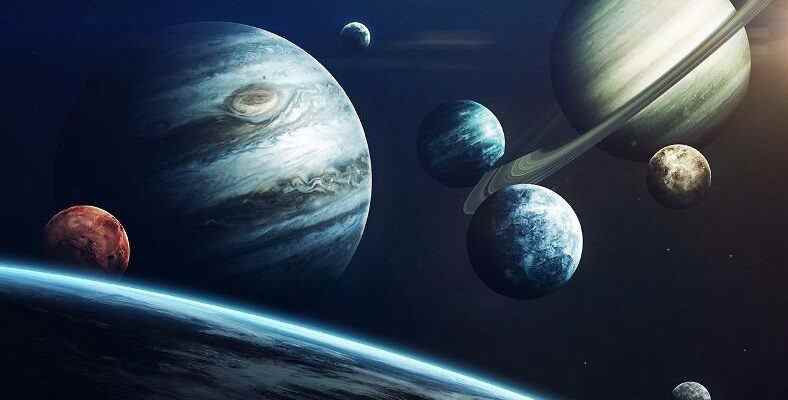If you are more or less interested in space, you may have noticed that almost all planets in the universe have a shaped round structure. So, why did all the planets form a perfectly round shape when there were dozens of different shapes? To answer this question, we need to go back to the early days when the universe was formed and examine the formation process of the planets.
Planet is the name given to astronomical objects that have gathered the crowd of stars around them. In the Solar System we are in, there are 8 planets together with our Earth. Yes, Pluto is still a dwarf planet. In our Solar System or not, all When we look at these planets, the first thing to notice is are their shapes. All planets have a shaped rounded shape.
Alright, Have you ever wondered why so many planets are all round? Nobody expects to see squares and similar shapes with sharp edges, but at least they can be flat, pentagonal and similar shapes. However, they are not. For the answer to the question of why all planets are round, it is useful to take a look at those deserted times when planets were formed. The story of how planets formed also answers why they are round.
Let’s go to the beginning of it all: How were the planets formed?
Everyone knows the Big Bang, the event we call the big bang, the first stage of the formation of the universe. This After the big explosion, the surroundings turned to the place of fire. All these pieces, which were scattered around by the explosion, were scattered around according to their heads and wandered in the space for a while with an irregular route. However, over time, some of them began to bump into each other and grow, adding other pieces to themselves.
At this point, the definition of the planet needs to be expanded a little more. planets this they grew by the merging of parts that crashed into each other and they added large objects around them that have the potential to become planets. Objects that have already successfully completed this process are called planets. So how did these planets absorb the planetary bodies around them? The answer is very simple, thanks to gravity.
Why are planets round?

Planets became the object that we call planet today by adding the objects around them. The biggest factor in their becoming this state and preserving this state is, their gravitational force. The planet, whose gravitational strength increases as its size increases, thoroughly absorbs everything around it and becomes a round, beautiful planet.
Why is it round? Because gravity exerts a gravitational force from the outside to the inside. You can think of it like the rods of a bicycle wheel. Since everything in the universe is in motion, as a result of the gravity applied by the strong core, the planets rotate and take a round shape.
Since the process has been like this since the first days of the universe and there is no other option, all planets are round, that is, in the shape of a circle. Maybe there were planets that wouldn’t be round, but they boiled in between because the gravitational force of the planets we know today is stronger. Objects that do not apply gravity and thus do not form a unity are doomed to disappear somehow.
When we look at objects in space, we see a movement. Some of them break away from somewhere and go forward, some revolve around themselves. The planets we know today continue to exist, thanks to gravity’s potential to collect everything in one spot. But at this point, it is useful to open a new topic because not all planets are perfectly round.
Are all planets really round?

‘You’ve been saying round since now, what happened?’ don’t say. Okay, all planets are round, but not that round. For example, the planet we live in. Earth is 0.3% thicker in midfield. If you remember the science lessons, we used to use the definition of geoid for the Earth, not round.
Like Earth, Mars is one of the planets in the middle. This thickness is around 0.6%. Saturn is 10.7% thick in the middle, while Jupiter’s middle is 6.9% thick. Uranus has a medium ratio of 2.3%, and Neptune has a medium ratio of 1.7%. well Planets are actually always somewhat oval in shape. That’s all, so what shall we do?
Well, my brother, is there no round planet as if it was made by a sculptor? Isn’t it? There is Mercury and Venus. If you look at the planets Mercury and Venus from a distance, you will see that they are literally round. Although this situation is not certain, it is thought to be caused by the structure of matter and gas.
We answered the question of why all planets are round and we We shared some details you need to know about the universe. If you look at not only the planets, but also at any point in the universe, you may encounter an image that will surprise you. Explaining these images is left to scientific studies that continue at full speed.
